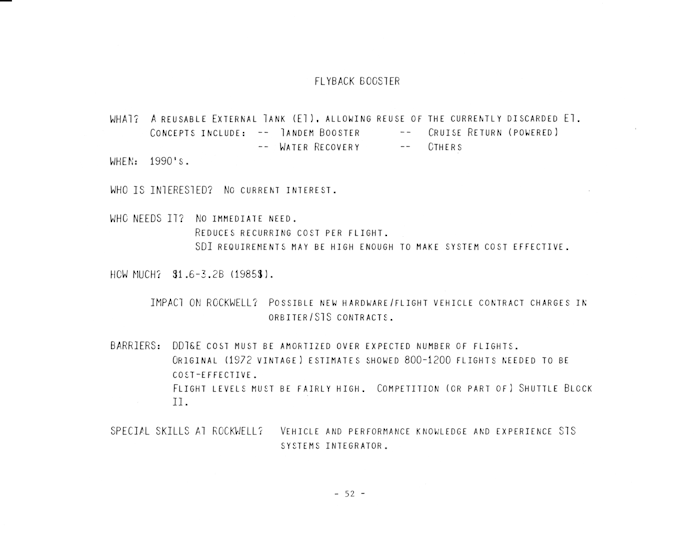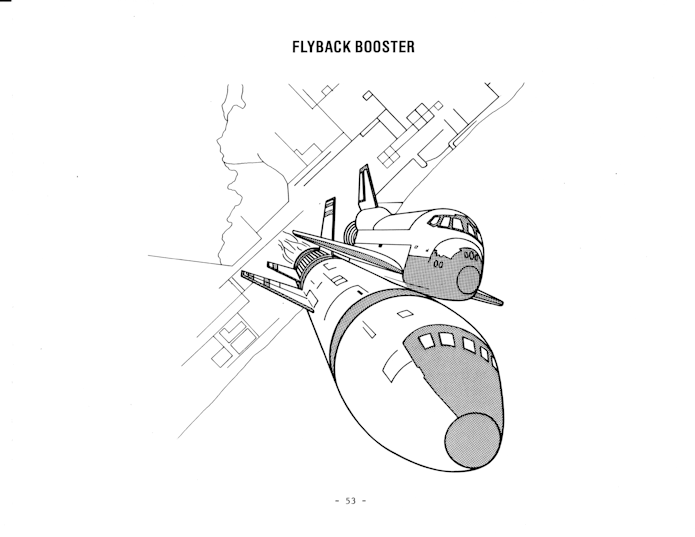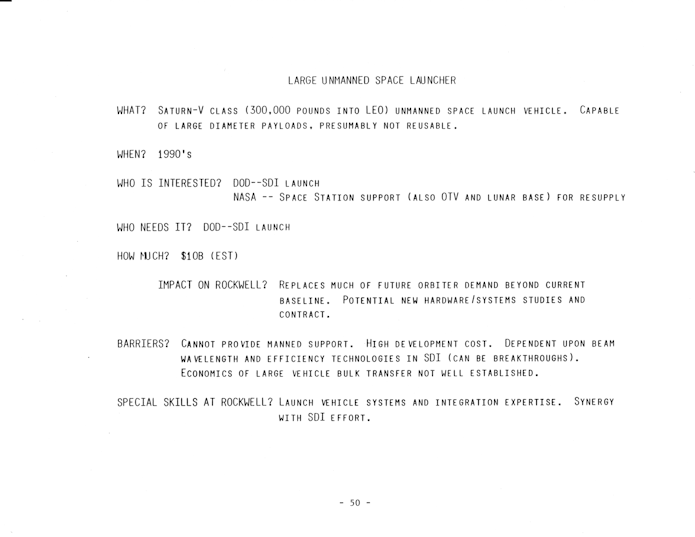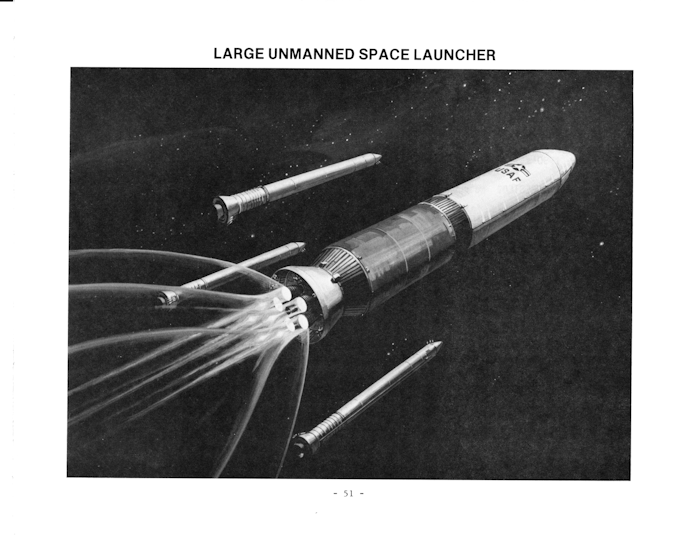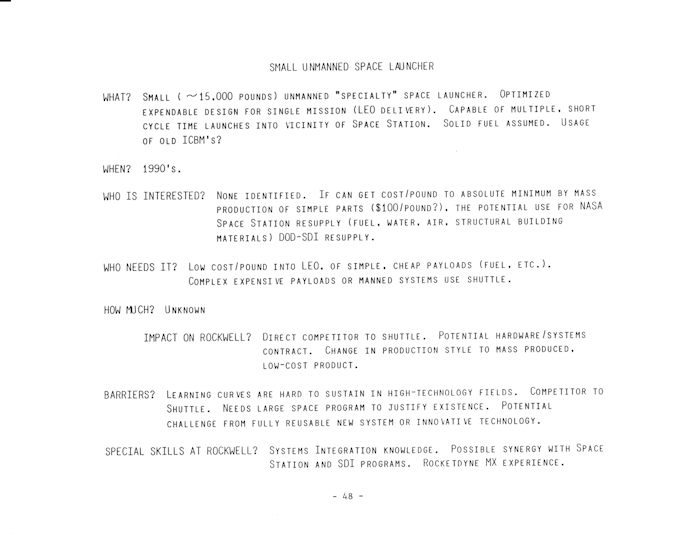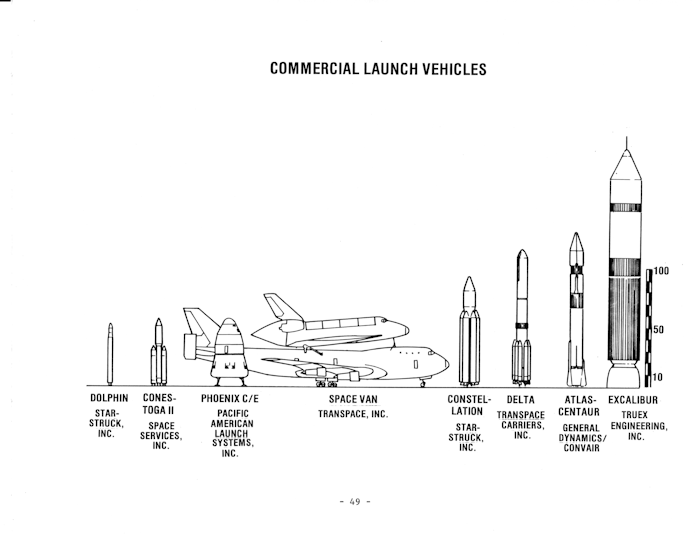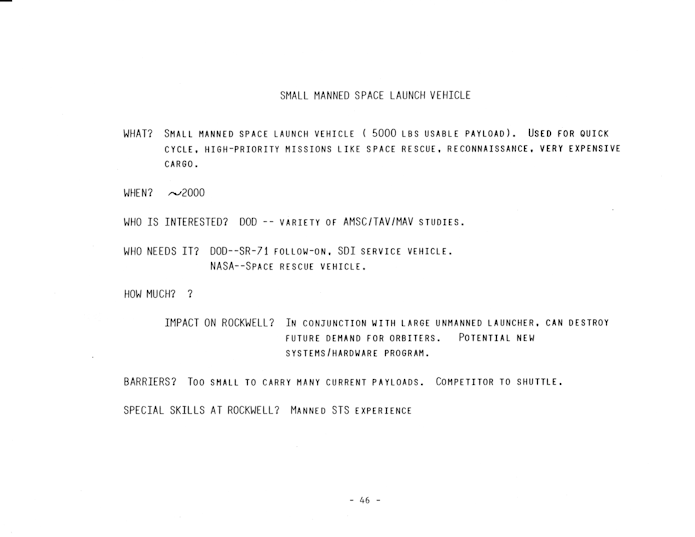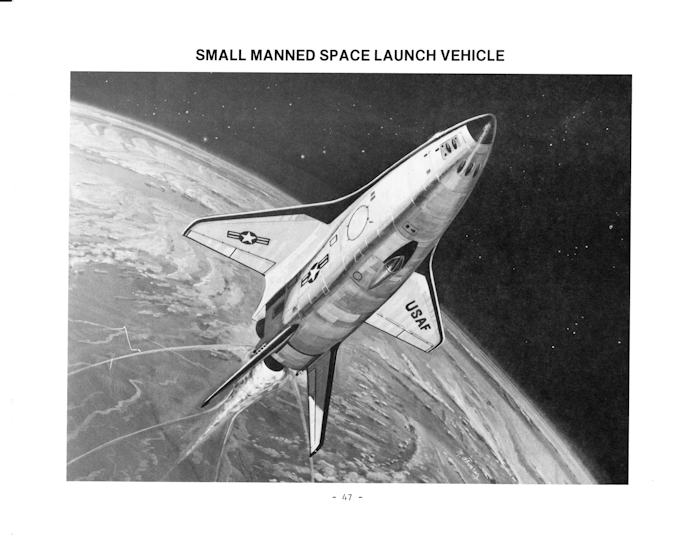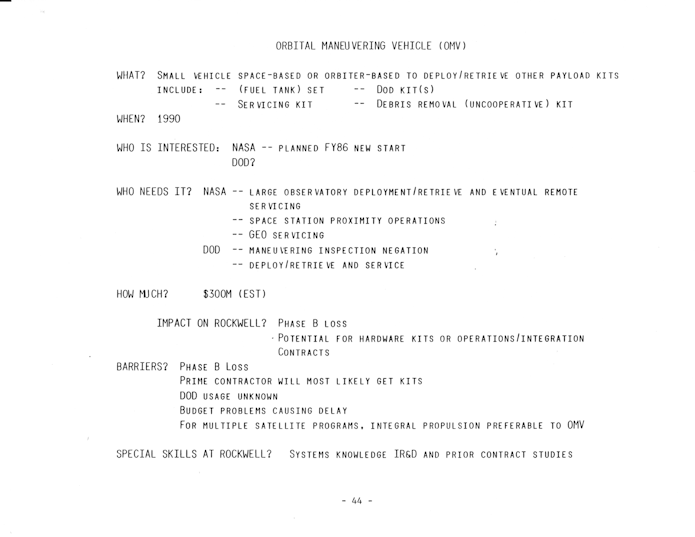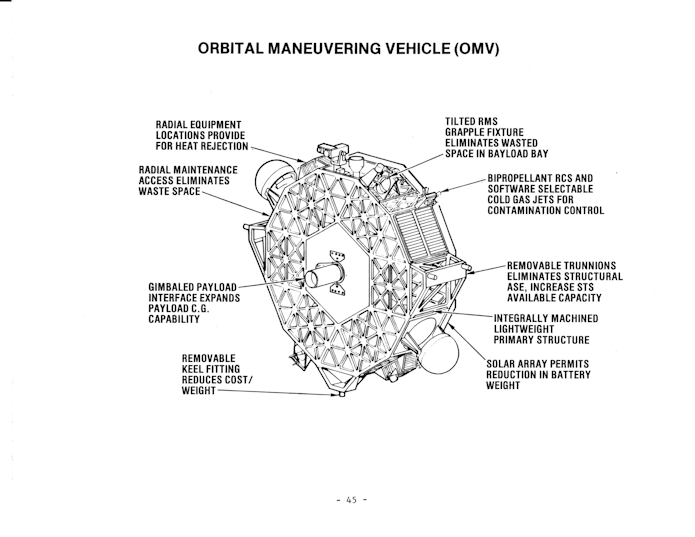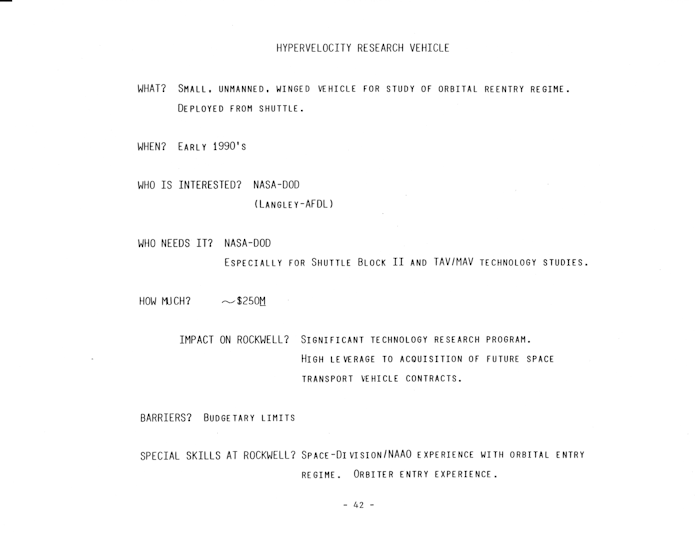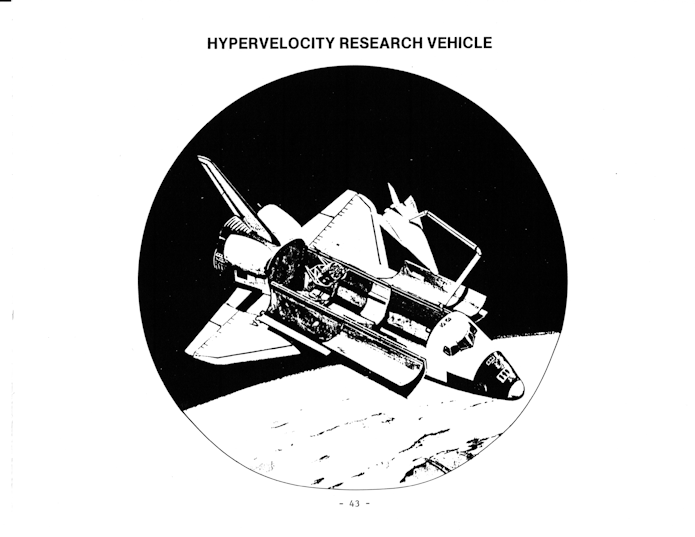Homina.
Rage, rage against the dying of the light pic.twitter.com/aGRw4VowAQ
— Elon Musk (@elonmusk) September 28, 2019
The Starship program will be updated during a livestream later today:
Forget about the design specifics; the thing that will impress me the most *if* the Starship prototypes work is the fact they were built not in a robotic factory in cleanroom conditions, but basically on a beach.
